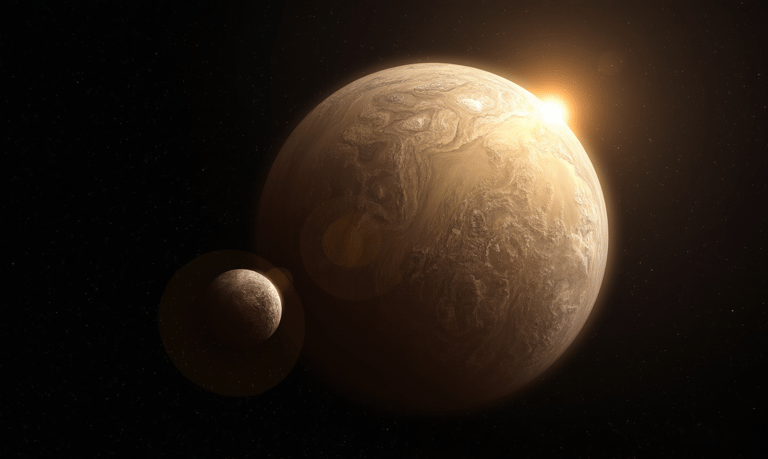Discovering the Rocky Planet Kepler 452b
FEATUREDSPACE


The Kepler 452b is the rocky planet that resembles the Earth in the habitable zone. Being slightly larger and 1,400 light years away from the Earth, orbiting the yellow dwarf star.
Kepler-452b is classified as a rocky planet, showcasing numerous features that resonate with those of Earth. It orbits a G-type star, similar to our Sun, and completes one revolution every 385 days. With a diameter roughly 60% larger than Earth and an estimated mass that is about five times greater, it presents a unique opportunity to study the potential for life beyond our solar system.
What makes Kepler-452b particularly fascinating is its position within the habitable zone, where conditions may allow for the existence of liquid water—a crucial requirement for life as we know it. The star's age, approximately 6 billion years, suggests that it has had a stable climate long enough for biological development to potentially occur.
While definitive evidence of life on Kepler-452b remains elusive, researchers assert that the planet's Earth-like qualities provide a fertile ground for exploration. The presence of water, the planet’s rocky composition, and its orbital characteristics make it one of the most promising exoplanets in the search for extraterrestrial life.
Ongoing studies and upcoming missions aim to delve deeper into the atmosphere of Kepler-452b. By examining its atmospheric composition, scientists hope to uncover crucial data that could hint at the planet's surface conditions and the potential for habitability. Understanding the balance of gases, the presence of potential biosignatures, and the effects of its parent star's radiation are critical steps in this exploration.
As we continue to advance our technological capabilities, the methods of detecting and studying exoplanets like Kepler-452b will improve, allowing us to answer fundamental questions about our place in the cosmos.
Kepler-452b represents a significant milestone in our quest to find life outside our planet. Its rocky surface and position in the habitable zone provide an exciting glimpse into the diverse conditions that can exist in the universe. As we expand our understanding of such exoplanets, we not only enhance our knowledge of planetary systems but also inch closer to answering the monumental question: Are we alone in the universe? The exploration of Kepler-452b is just one step in this enduring journey of discovery.
